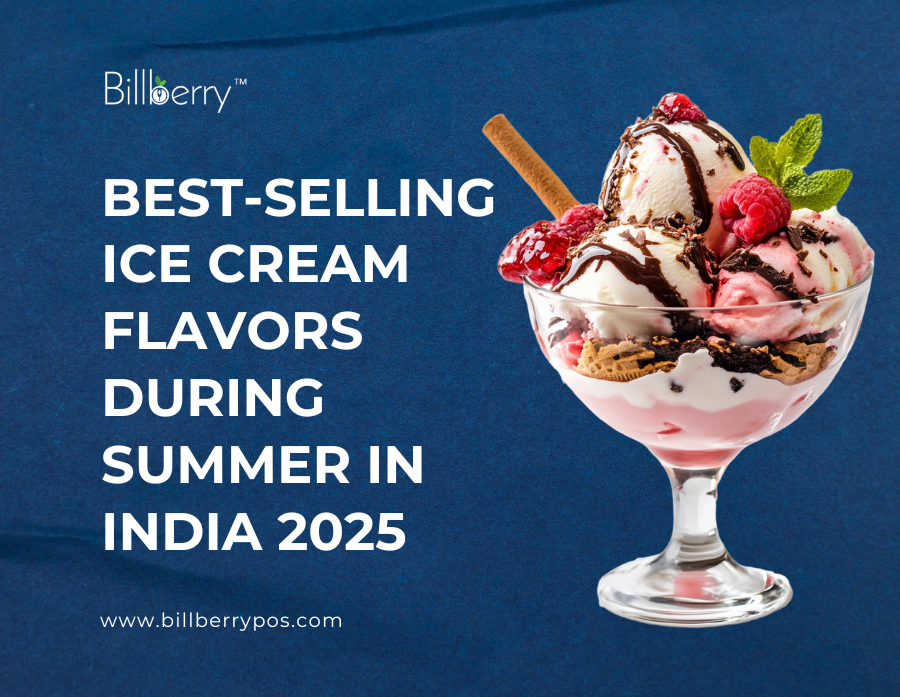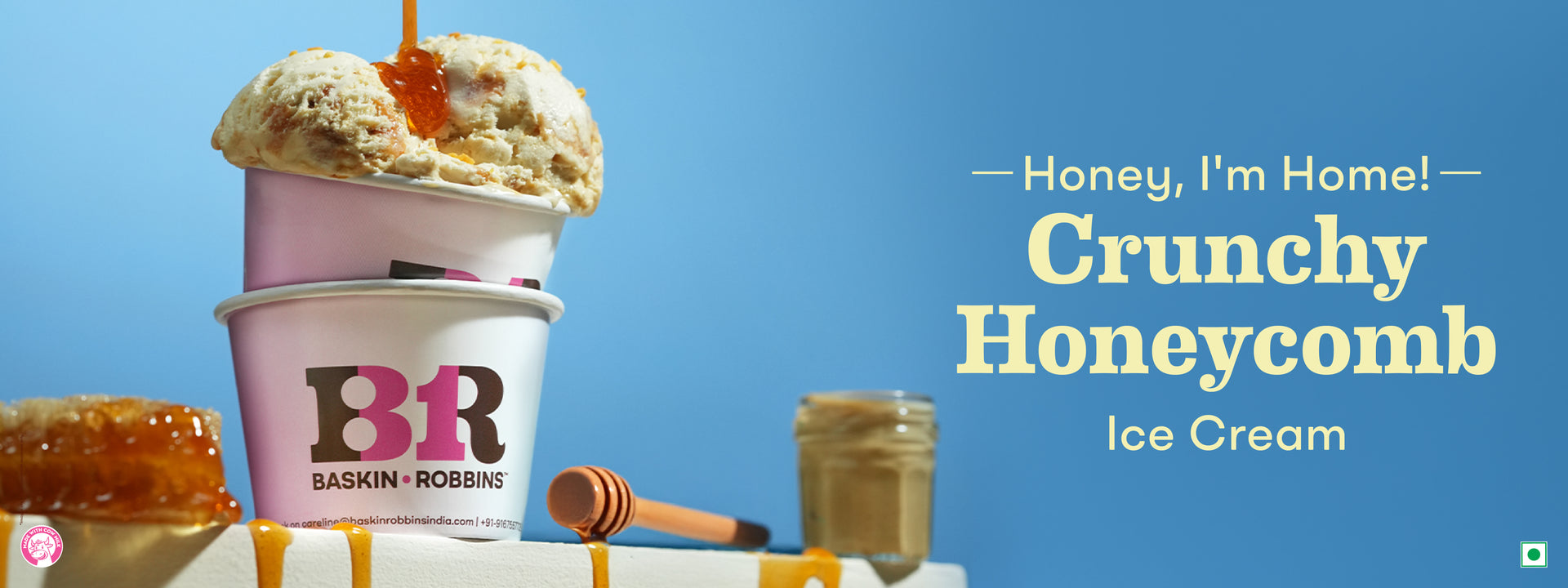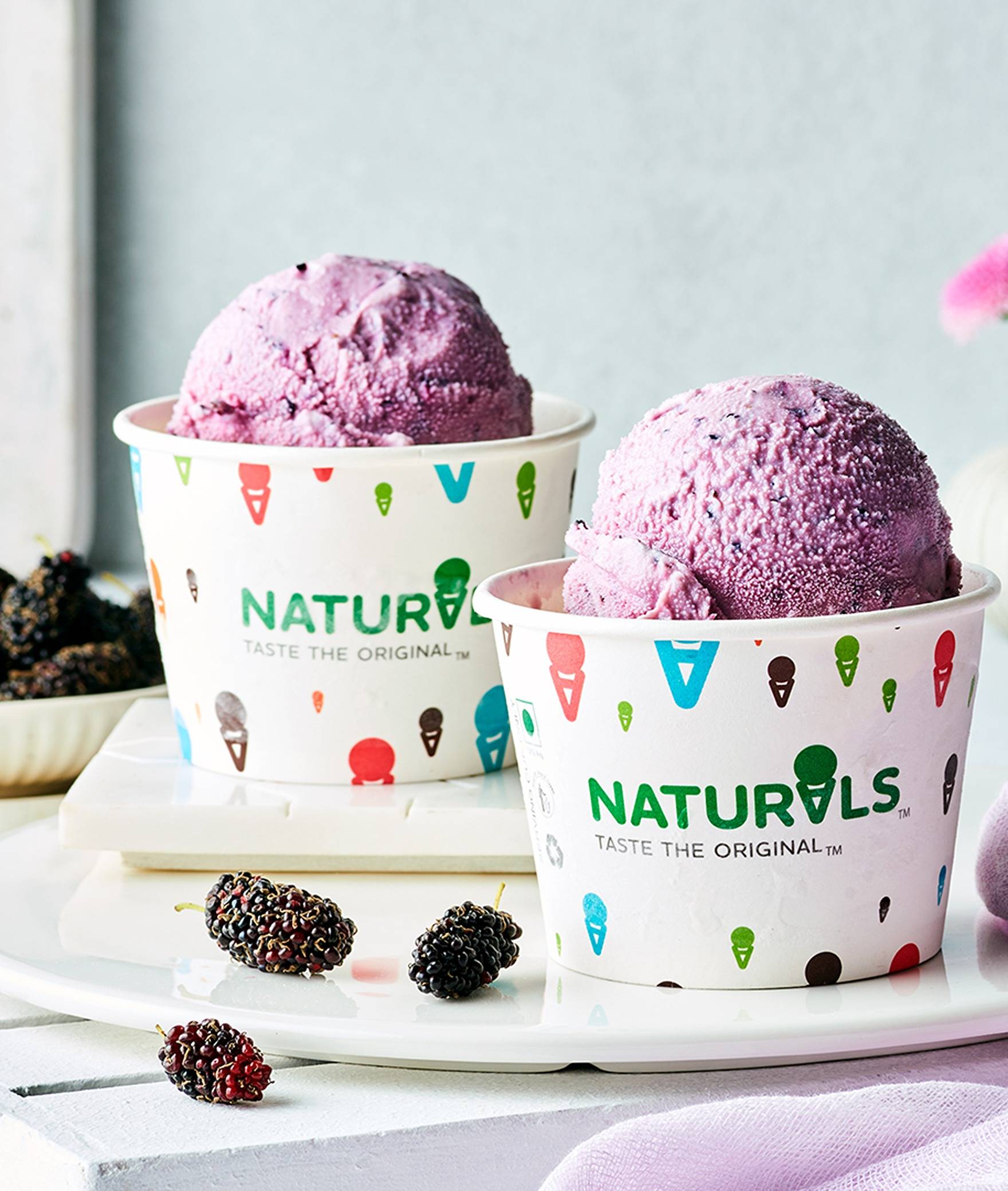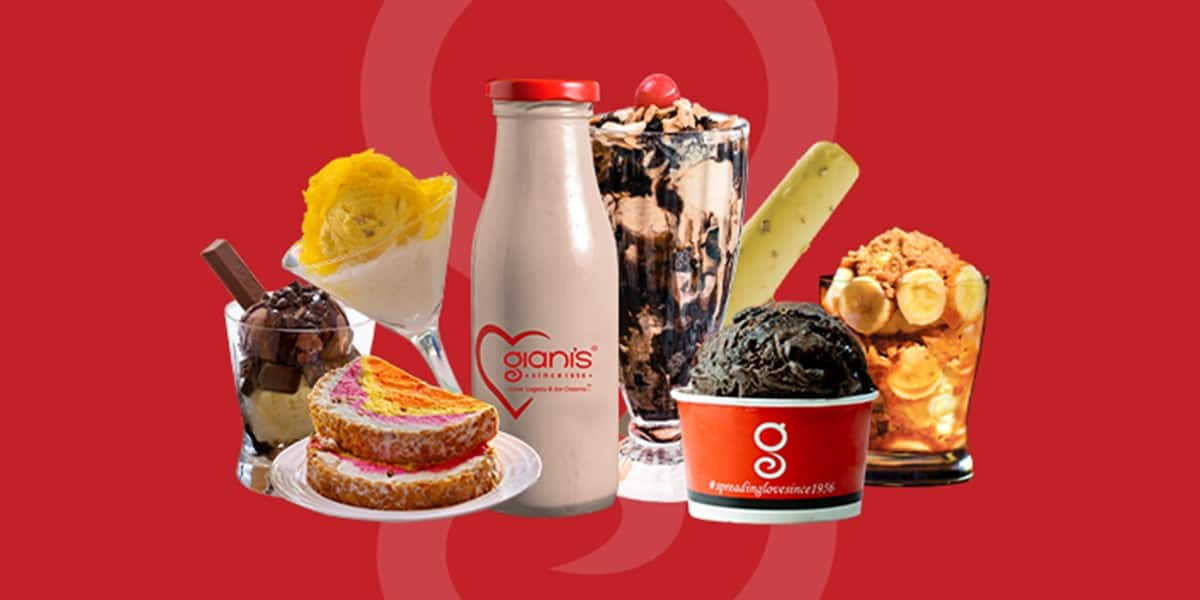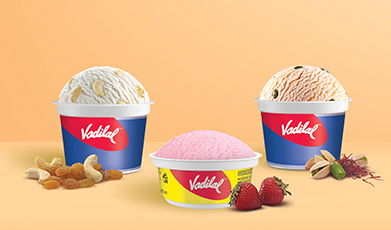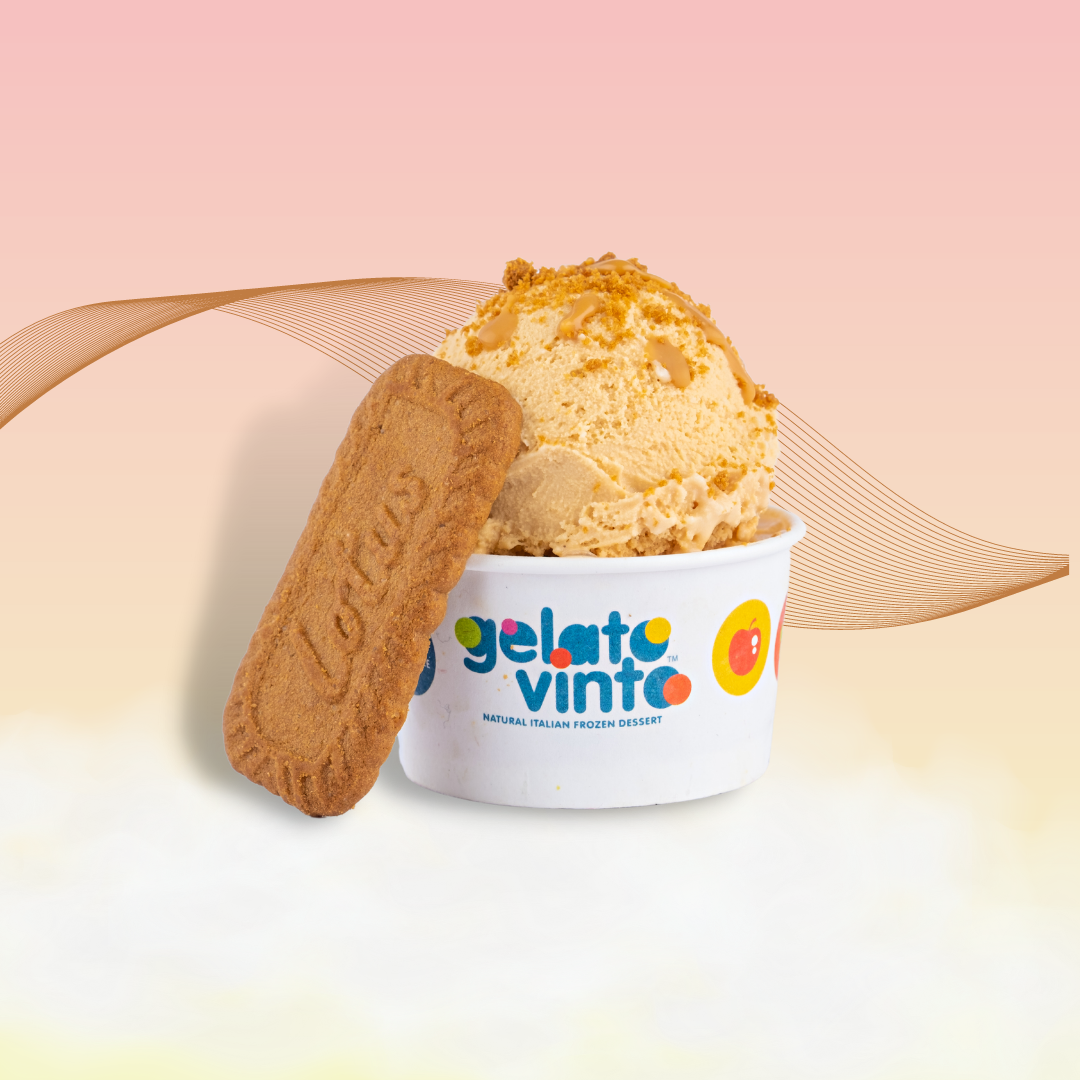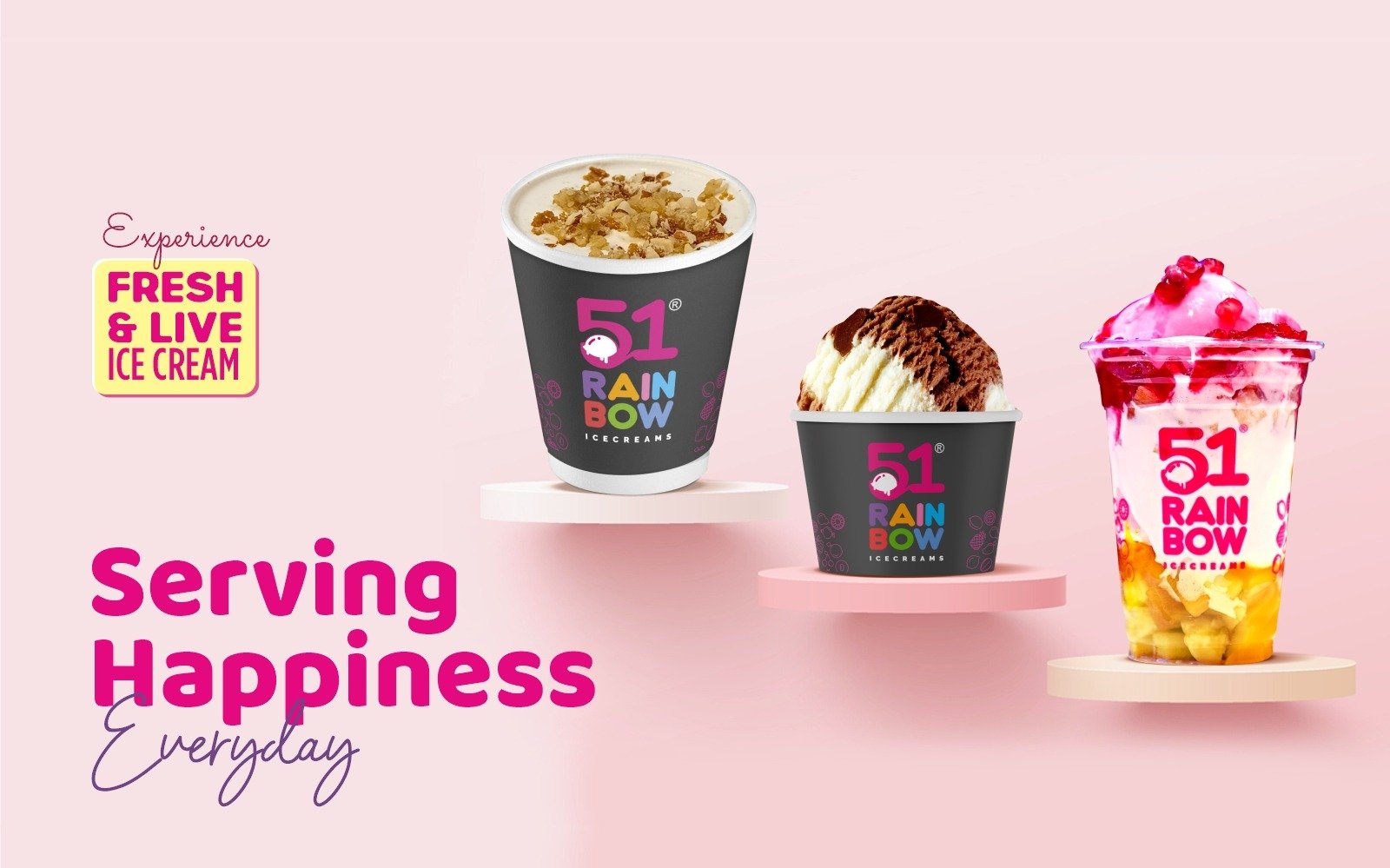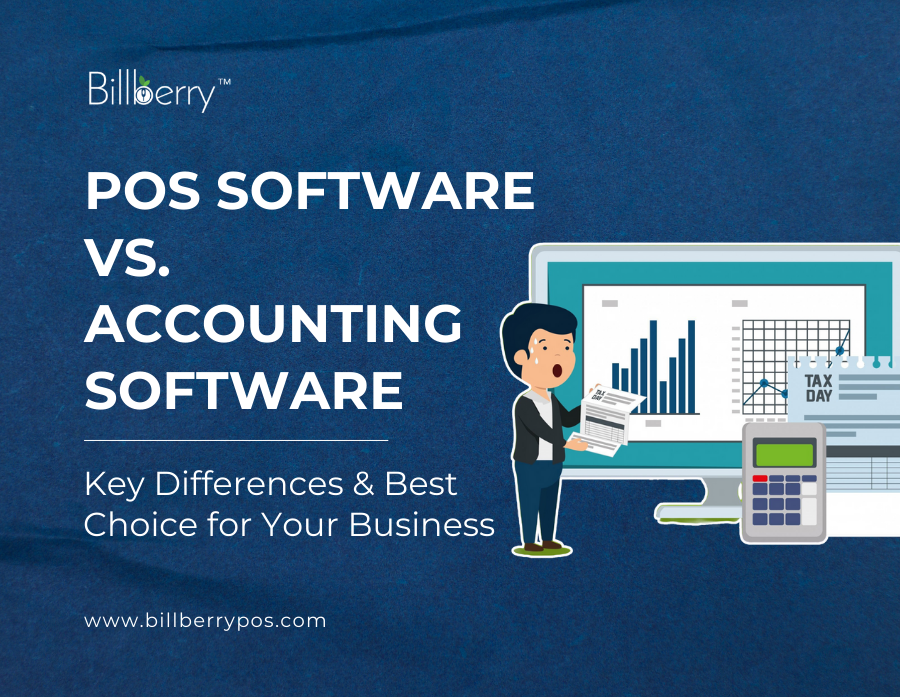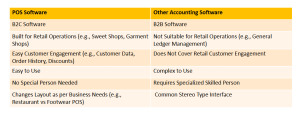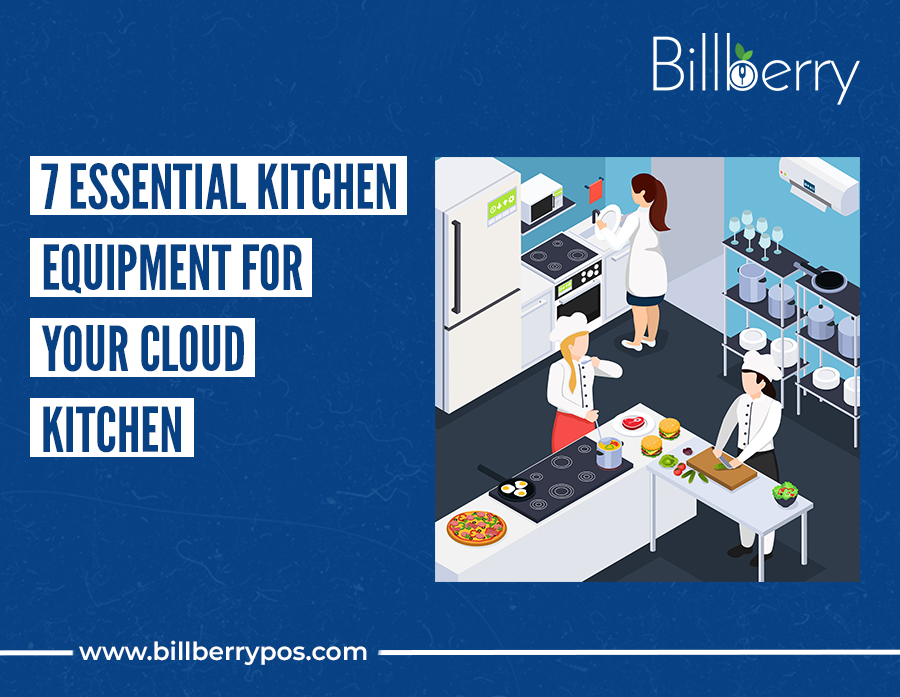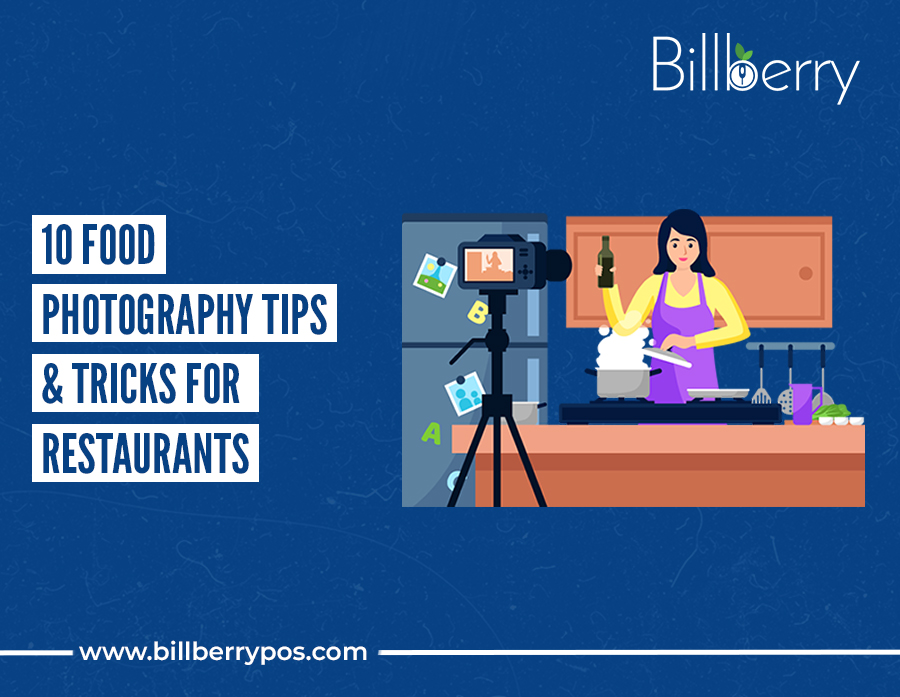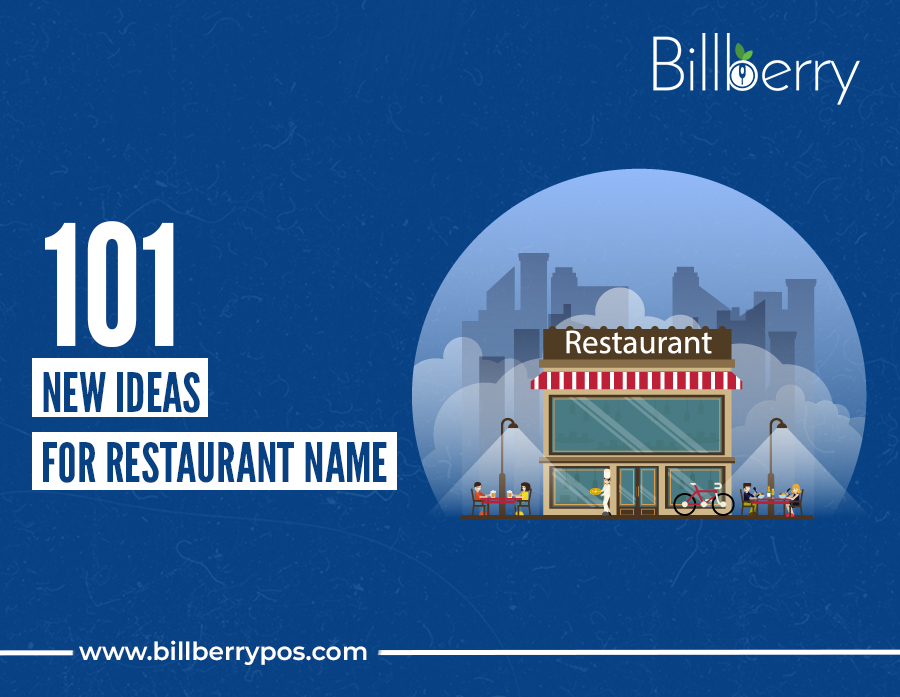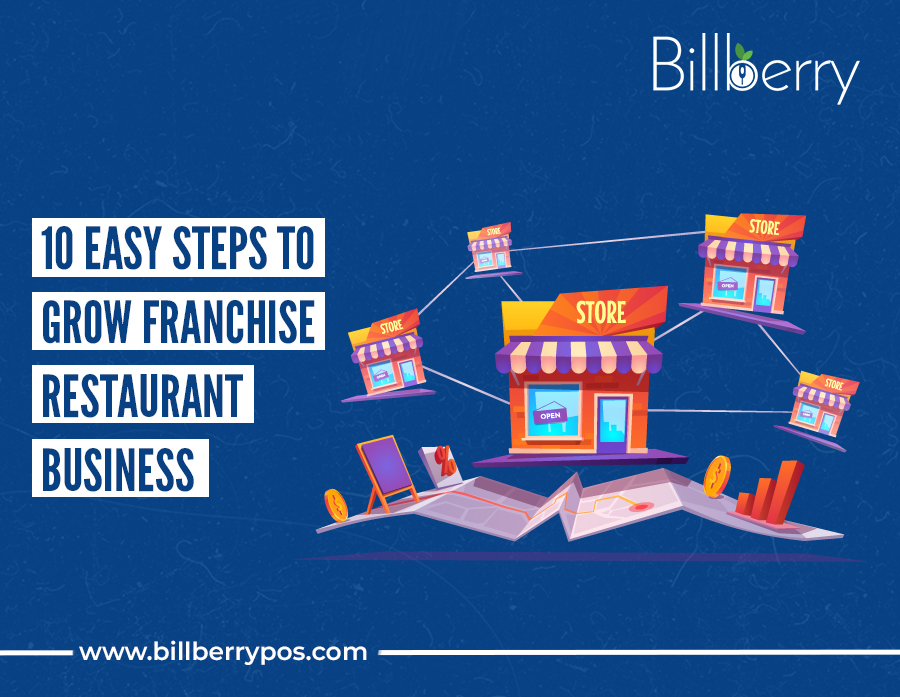As temperatures soar across India, the demand for refreshing and indulgent ice creams skyrockets. But which flavors are set to dominate summer 2025? Consumer preferences are evolving, and brands are introducing innovative flavors to keep up with the trends. Here’s a look at the best-selling ice cream flavors that will rule the Indian market this summer.
1. Kunafa Ice Cream – The Middle Eastern Sensation

One of the biggest trends in dessert flavors, Kunafa ice cream blends the rich, crispy texture of kunafa pastry with creamy ice cream, often infused with sweet syrup and nuts.
Why it sells:
~ A fusion of Middle Eastern dessert culture with traditional ice cream.
~ Appeals to those who enjoy texture contrast—crispy and creamy.
~ Gaining traction in premium and gourmet ice cream brands.
2. Mango – The Undisputed King of Summer

No summer in India is complete without mangoes, and the same goes for ice creams. Whether it’s Alphonso Mango, Kesar Mango, or Mango Delight, this flavor remains the top choice for customers seeking a fruity and nostalgic treat.
Why it sells:
~ Mango is India’s favorite summer fruit.
~ Works well in both traditional kulfi and creamy gelato forms.
~ Popular across all age groups.
3. Tender Coconut – Refreshing & Naturally Sweet

With the rising trend of health-conscious desserts, tender coconut ice cream has gained immense popularity. Its mild sweetness and creamy texture make it a perfect summer indulgence.
Why it sells:
~ Made with real coconut pulp, offering a natural taste.
~ Preferred by consumers avoiding artificial flavors and heavy cream-based ice creams.
~ Has a strong presence in premium and artisanal ice cream categories.
4. Paan Ice Cream – The Perfect Indian Twist

A flavor that combines the refreshing essence of betel leaves, gulkand, and fennel seeds, Paan ice cream has become a post-meal favorite in many parts of India.
Why it sells:
~ Appeals to those who love traditional Indian flavors.
~ Works as a dessert and mouth freshener combo.
~ Gaining popularity in urban and high-end restaurants.
5. Butterscotch – The All-Time Classic

Crunchy caramelized nuts blended into rich, creamy ice cream—butterscotch never goes out of style. It continues to be one of the best-selling flavors across ice cream parlors and retail stores.
Why it sells:
~ Loved by both kids and adults.
~ The crunchy texture adds to the eating experience.
~ Often paired with sundaes and special toppings.
6. Choco Brownie Fudge – For the Chocolate Lovers

Chocolate-based ice creams remain a crowd favorite, but in 2025, expect to see a rise in Choco Brownie Fudge, which combines gooey brownie chunks with rich chocolate fudge sauce.
Why it sells:
~ Appeals to those looking for indulgent and premium ice cream flavors.
~ Works well with shakes, waffles, and desserts.
~ A top choice for urban consumers who love gourmet ice creams.
7. Kala Jamun – A Nostalgic & Unique Flavor

The tangy-sweet taste of Kala Jamun ice cream is winning hearts, bringing back childhood memories of enjoying juicy black plums during peak summer.
Why it sells:
A unique flavor with a rich, deep purple hue that attracts buyers.
A mix of tanginess and creaminess makes it refreshing.
Popular in both kulfi and premium ice cream categories.
8. Rose Gulkand – A Floral Delight

With the demand for floral and Ayurvedic-inspired desserts rising, Rose Gulkand ice cream is expected to be a trending flavor in 2025. The combination of rose petals and gulkand gives a cooling effect, perfect for summer.
Why it sells:
Has a refreshing and mildly sweet taste.
Gulkand is known for its cooling properties, making it ideal for hot weather.
Popular in premium and handcrafted ice cream segments.
9. Pistachio Almond – The Premium Choice

Consumers looking for nutty, rich, and creamy ice creams continue to favor Pistachio Almond. This flavor offers the perfect balance of crunch and smooth texture, making it a premium choice.
Why it sells:
Appeals to high-end and gourmet ice cream buyers.
Packed with healthy nuts, making it a preferred choice for fitness-conscious consumers.
Often found in gelato and kulfi variations.
10. Strawberry Cheesecake – Internationally Inspired, Locally Loved

A blend of cheesecake, fresh strawberry puree, and biscuit crumbles, this ice cream flavor is gaining popularity in India’s metro cities.
Why it sells:
Offers a fusion of creamy and fruity textures.
Appeals to those who love international dessert flavors.
Perfect for premium ice cream brands and café-style servings.
Why an Ice Cream POS is Essential This Summer
With demand for ice cream soaring in summer, managing high customer footfall, tracking fast-moving flavors, and handling online orders efficiently becomes a challenge. This is where a smart Ice Cream POS system becomes crucial.
How an Ice Cream POS Can Help:
~ Faster Billing & Reduced Queues: Speed up transactions during peak hours to avoid losing customers due to long wait times.
~ Real-Time Inventory Tracking: Get automated alerts before best-selling flavors run out, ensuring you never face stock shortages.
~ Online & Offline Order Syncing: Seamlessly integrate with Swiggy, Zomato, and in-store purchases, reducing order confusion.
~ Smart Sales Analytics: Identify which flavors are trending and adjust production accordingly.
~ Loyalty & Promotions: Implement discounts, combo deals, and reward points to retain customers and maximize sales.
A robust Ice Cream POS software like BillBerry POS not only improves operational efficiency but also enhances the customer experience, ensuring smooth transactions and increased profitability throughout the summer season. Book a FREE DEMO and get to know more about Ice Cream POS!
The Rising Popularity of Kunafa Ice Cream
While traditional flavors like Mango and Butterscotch continue to dominate, Kunafa ice cream is emerging as one of the hottest trends in India’s dessert scene. Originally a Middle Eastern delicacy, Kunafa brings a unique crispy-meets-creamy experience that is resonating with premium dessert lovers. Many high-end ice cream brands are now incorporating this flavor into their offerings, further driving its popularity.
Kunafa ice cream is not just a passing trend, it reflects the evolving tastes of Indian consumers who are now more open to global flavors. With its rich textures, caramelized sweetness, and nutty undertones, Kunafa is set to be a must-try ice cream flavor for summer 2025 and beyond.
Also read: India’s Top 10 Ice Cream Franchises: A Sweet Journey Through Leading Brands
How to Handle High Ice Cream Demand: Ice Cream POS for Summer 2025
The Future of Ice Cream Flavors in India
With evolving consumer preferences, 2025 will see a blend of nostalgic, natural, and innovative flavors ruling the market. Whether it’s classic Mango and Butterscotch or trending options like Rose Gulkand and Coffee Mocha Crunch, the ice cream industry continues to evolve to cater to India’s diverse palate.
For ice cream business owners, staying ahead of these trends can drive higher sales and customer engagement. By incorporating seasonal specials, premium offerings, and data-driven menu insights, businesses can maximize profits during peak summer months.
Which of these flavors is your favorite? Or do you have a unique summer ice cream flavor in mind? Let us know in the comments!







